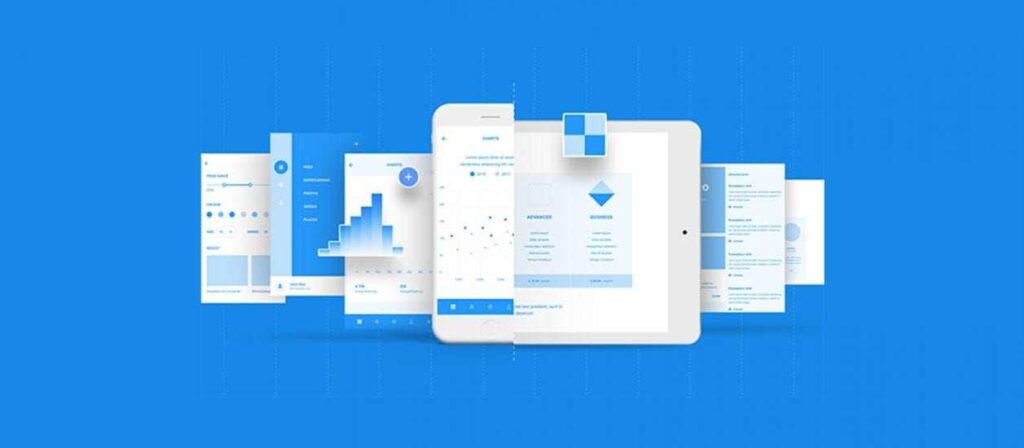Have you ever seen an app or website that just seems to flow? You can’t seem to put your finger on it. Maybe it’s the layout or the intuitive navigational tabs. Whatever it is, you like how the site feels to use.
What you just came across is excellent UI design. And, if you’re launching a site of your own, deciding on a few things pre-emptively can be beneficial. It could help you outline everything you want for the developers to whom you outsource such tasks.
Let’s walk you through it all.
1. The Fundamentals Matter
One of the first things a user sees when they visit a site is the colour palette. The second is the overall layout.
So, it’s best to lay down your vision to the developers early in the process. Decide on a primary and a secondary colour and, if need be, a tertiary tone. Remember, people will associate the shades you use directly with your brand.
Now, app or site layouts are based more on personal preference. Yet, a good rule of thumb is to place the high user-engagement tabs at the beginning and then follow it up with others.
For example, your pages could go along the lines of ‘Home’, ‘Services’, and the ‘About Us’ section.
2. Navigability Is King
While first impressions matter, they don’t decide everything. And if you think about it, the ultimate goal of UI design is to enable users to do what they want to.
Whether that comes from finding the right resources on your platform or simply looking up pricing models doesn’t matter. The primary objective here is to make things as accessible as possible.
Still, don’t mistake this for ‘page priority’. As mentioned previously, that’s to drive engagement toward your chosen tabs. Conversely, navigability allows users to interact with the site how they want to.
After all, the more frustrating elements you remove, the simpler the conversion funnel.
3. Avoid Direct Pop-Ups
Each time someone accesses your site or app and is met by a barrage of annoying pings or suggestions, they are very likely to leave.
Here’s a better way to understand this: When you include blatant pop-ups, you demand something from your users. Nobody likes that. Instead, it’d be best if you find a way to integrate these tools naturally into the portal; a side panel is an excellent option.
So, ask your developers to create something along those lines. It’d be even better if you grouped your chatbots or product suggestions neatly under one tab. That way, visitors have complete autonomy over site engagement.
4. Optimise For Device Interaction
Users will interact with your site either directly or indirectly. The former relates to actions such as swiping across a touch screen or tapping a button. Meanwhile, the latter involves steps like dragging your mouse to click on a tab or filling in a contact form.
Typically, the device decides the kind of interaction that occurs. In short, mobile users will swipe or tap, while the desktop site variant will require a more indirect approach. So, it helps if you ask for two specific site versions from the developers you outsource this to.
Rest assured, this is standard practice now, and, in most cases, you won’t even have to submit a separate request for this.
Build For Better Functionality
While there are excellent tools to help you build your website or app interface, the task is best left to professionals. That way, you remove your own ‘inexperience’ from the process.
Still, when dealing with an outsourced development team, ensure that you have a specific outline based on the listed elements. In short, set your theme and layout, build for user navigation, avoid unnecessary distractions and optimise for cross-device usage.
In doing so, you won’t just be working towards a better site but also creating a beautiful experience.

